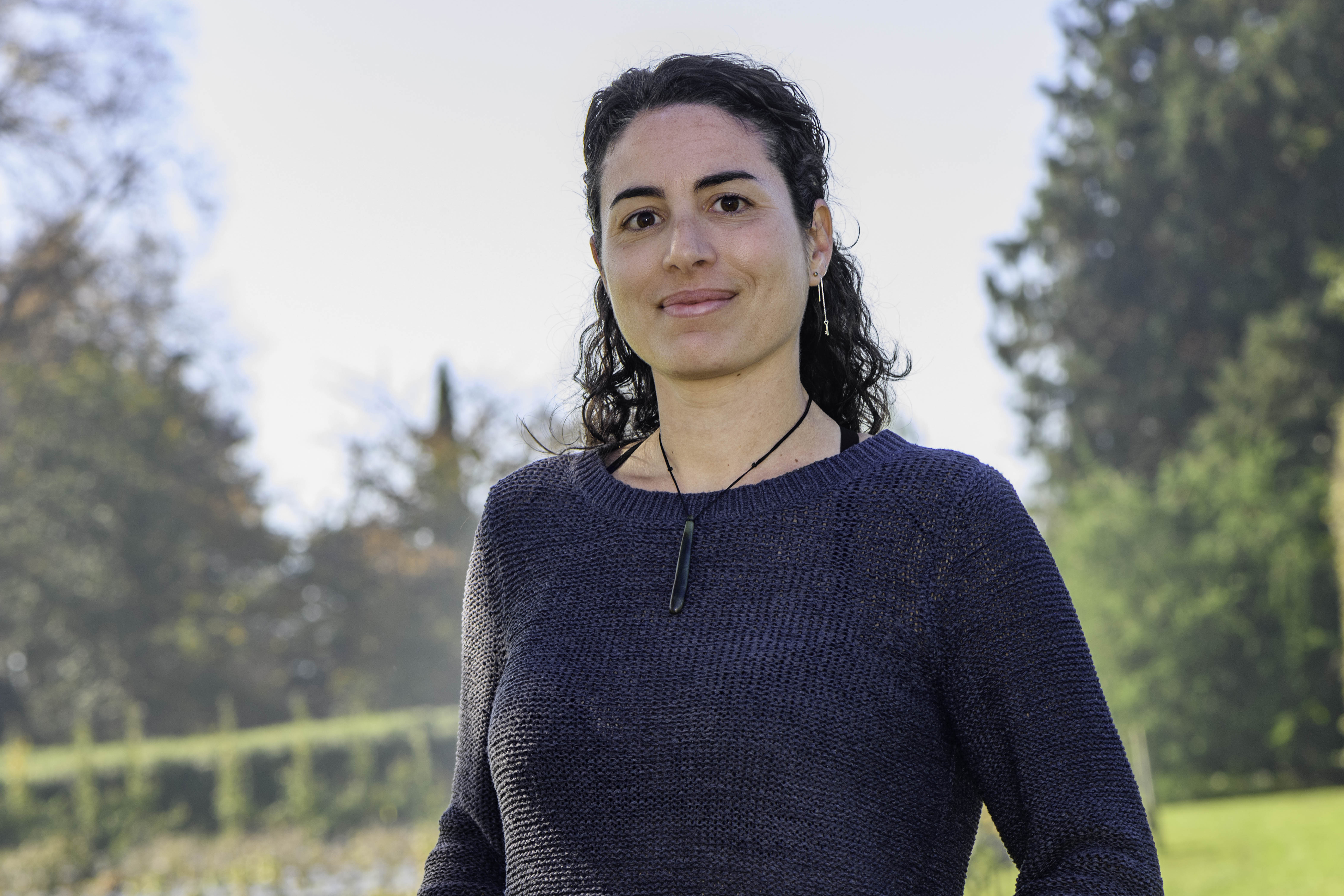I n our Breeder Spotlight Series, we interview blueberry and cranberry breeders to learn more about their roles, challenges in their breeding programs, and have them highlight some of their favorite new cultivars. In this spotlight, we spoke to Dr. Sara Montanari, a molecular breeder at The New Zealand Institute for Plant and Food Research Limited.
n our Breeder Spotlight Series, we interview blueberry and cranberry breeders to learn more about their roles, challenges in their breeding programs, and have them highlight some of their favorite new cultivars. In this spotlight, we spoke to Dr. Sara Montanari, a molecular breeder at The New Zealand Institute for Plant and Food Research Limited.
Please describe your role in the blueberry industry.
My expertise is in genetics and genomics and the application of genomics tools to speed up breeding. Blueberry is a crop that has been very recently domesticated and which is receiving an increasing commercial interest, mainly because of the beneficial health properties of its fruits. New Zealand has a large and growing blueberry industry, and The New Zealand Institute for Plant and Food Research Limited (PFR) carries out a well-established and successful breeding program.
My role at PFR is to enable the application of genomics tools into our breeding program, to speed up selection and help the breeders make more informed decisions. Since I joined PFR in mid-2019 I have been involved in collaborative projects aimed at developing reference genomes for our most important cultivars, designing high-throughput genotyping tools, evaluating the genetic diversity of our germplasm, and understanding the genetic control of traits of importance.
Cultivar Highlight - Please tell us about some top cultivars you’re excited about and why you chose them.
‘Hortblue Petite’ is one of my favorite blueberry cultivars. It was released in 2009 by the PFR breeder at the time, Jessica Scalzo. It is a cultivar developed for the home-garden and it provides tasty blueberries from spring to fall. It is also one of the parents of our main mapping population, which, thanks to ‘Hortblue Petite’’s particular and unique characteristics, segregates for several traits of interest. ‘Hortblue Petite’’s parentage is unknown, as it was generated from an open pollination event, and even its taxonomy remains unclear, and I am hoping to be able to answer these questions using genomics tools.
What are some challenges in the breeding program?
One of the main questions we have at PFR is about the extent of genetic diversity included in our germplasm and the amount of inbreeding in our selections. While improved blueberry varieties were imported into New Zealand from the US in the 1970s, further introductions of new material have been very limited since then because of New Zealand’s very strict quarantine requirements.
To answer this question, we are in the process of genotyping all our historical germplasm, as well as our parental pool and some of the early-stage selections. This will allow us to make more informed decisions when planning crosses, as well as to optimize our economic resources for the introduction of new material, with the objective to replenish and safeguard the genetic diversity in our program.
Where do you see the future of Vaccinium breeding going in the next 20 years?
The quick growth of blueberry production globally at the same time of the major challenge of the 21st century, climate change, is certainly driving a boost in the improvement of cultivars with increased yield, quality, and adaptability to different environments. The availability of a large and still almost unexplored diversity in Vaccinium is a precious resource that will help our breeders face these challenges. Additionally, research into new growing systems, such has controlled environment units, is likely to become more and more relevant for blueberry in the next 20 years, in my opinion.
In what way have you used resources from VacCAP to facilitate your work?
I have been collaborating on the development of a high-throughput genotyping platform for blueberry, which I am now using to analyze the PFR germplasm collection. Additionally, the friendly and collaborative Vaccinium community fostered by VacCap has allowed me to share information about common research objectives with other breeders and to optimize our resources and efforts.













